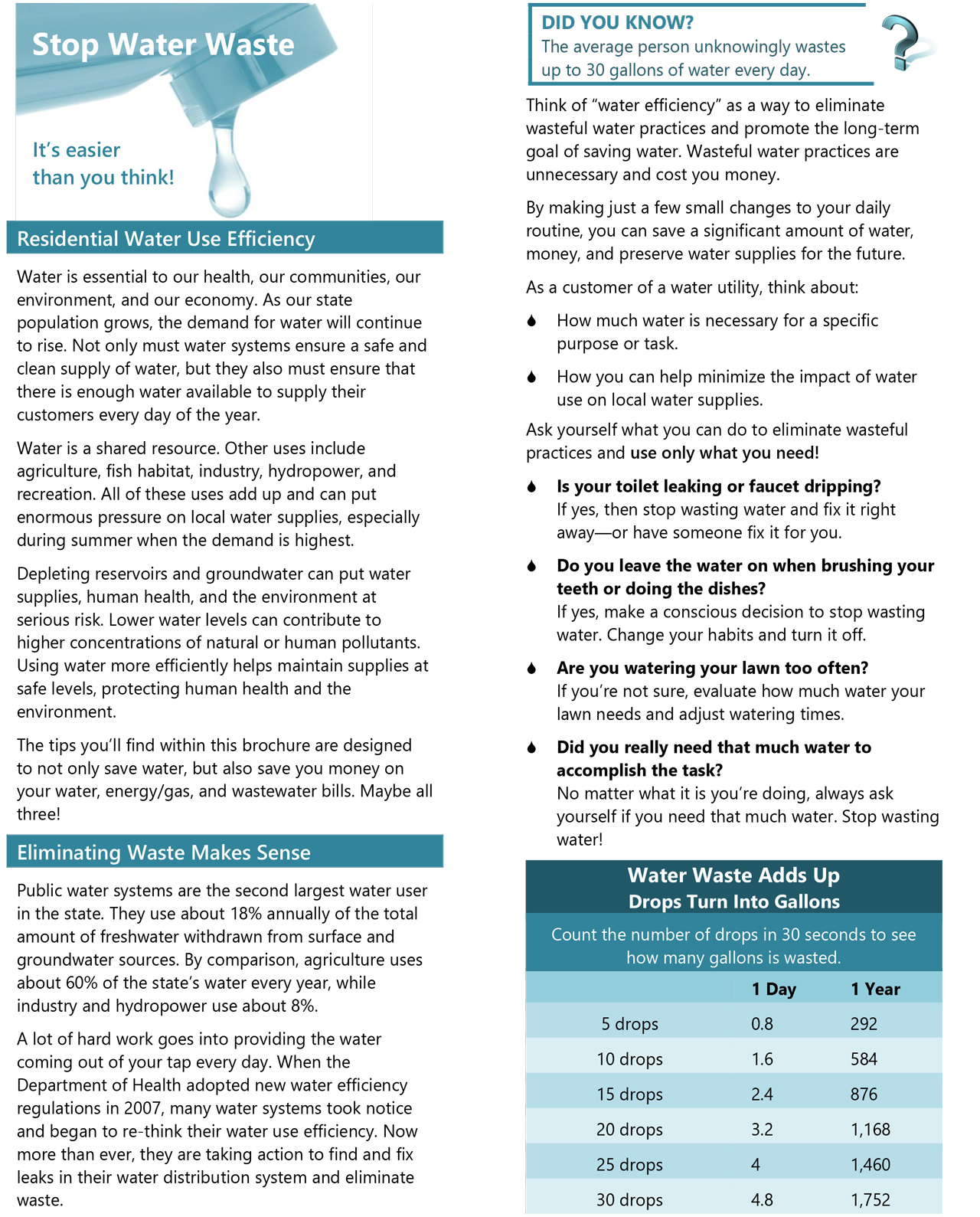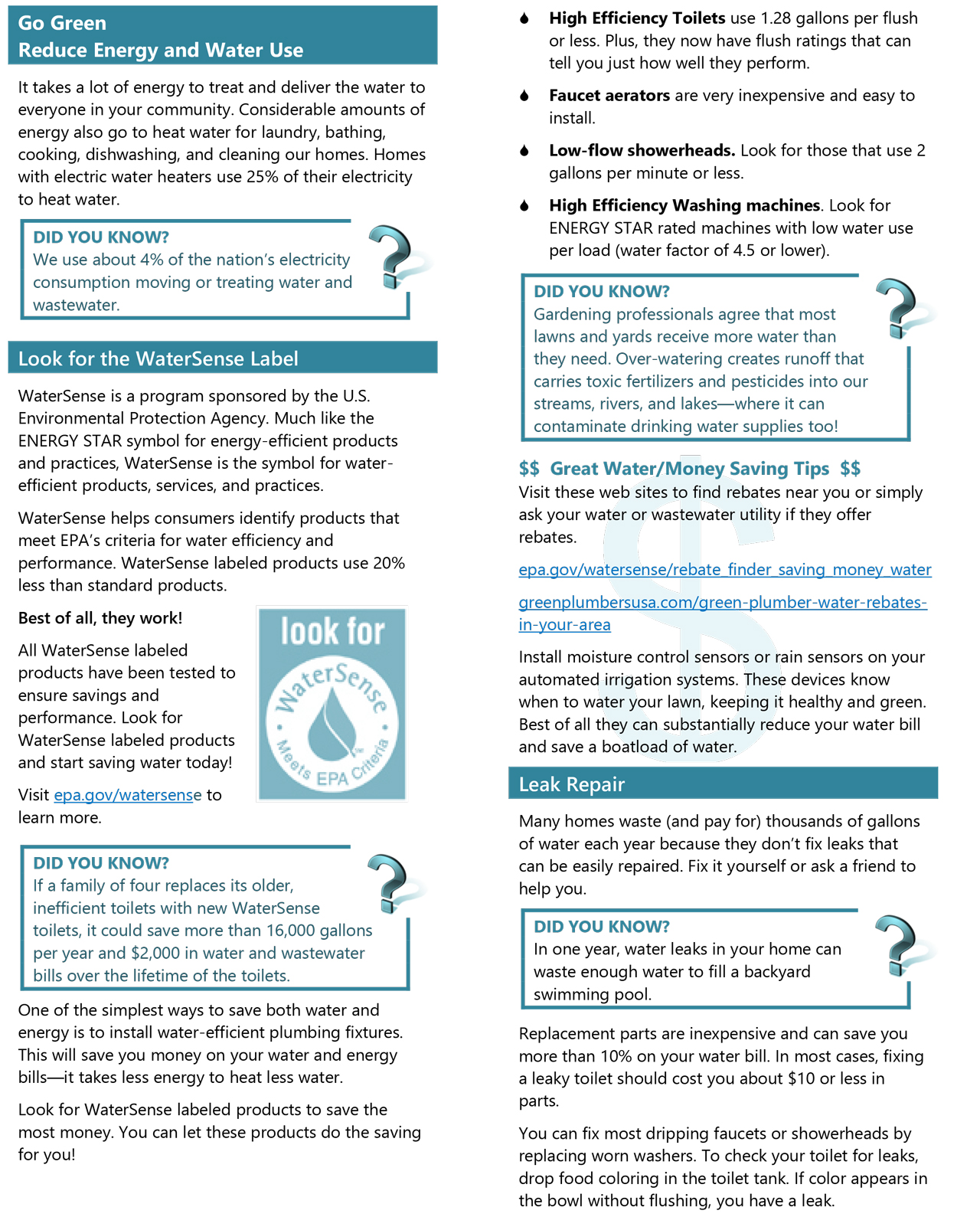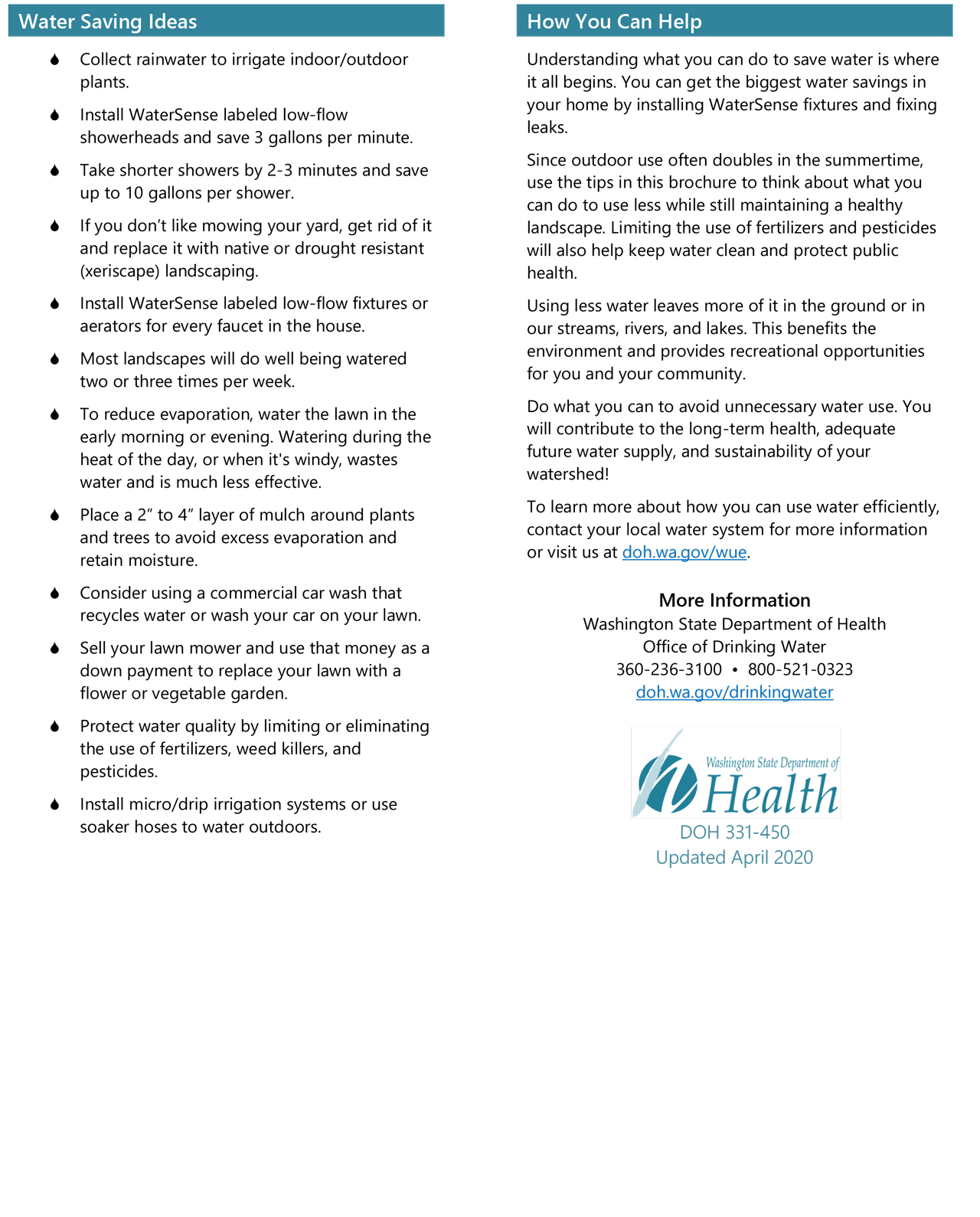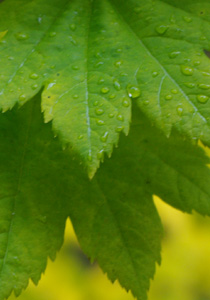
Water System Information
Valleyhi Water System #90975
Consumer Confidence Report for June 2024 – May 2025

Source Protection Information
The Department of Health has Source Water Assessment Program (SWAP) data compiled for all community Public Water Systems in Washington. SWAP data for the Valleyhi Water System is available online at:
Simply enter our system’s name, Valleyhi Community Club, and I.D., #90975, and you will have access to our information. We have two wells located near Allen Lane approximately 300 feet northeast of the Fire Department. They are the source of Valleyhi Community Club’s water.
The current assessment shows no significant susceptibility to potential sources of contamination, and we are classified in the “Green” category (this is a good as it gets). Last year our water once again met or exceeded all drinking water standards set forth by the State and EPA. Water is sampled monthly for Coliforms, which can be an indicator of the need for further sampling. All samples are coming back as satisfactory; any results to the contrary will be posted on this website.
We also sample for Nitrates. The State Reporting Level is 2.0, and the Maximum Contaminant Level is 10 mg/L. Our water remains below that level. We also test for Disinfection By-Products as required by the State, and again, those tests came back satisfactorily as well.
We also tested for Disinfection By-Products (in 2023) as required by the State, and again, those tests came back satisfactorily as well. In fact, none were detected.
A comprehensive list of past years’ sampling results can also be found in the state database. Again, search for water system #90975 and select the information you wish to research. Data can also be requested by emailing the water distribution manager at h2oconnectionsnw@yahoo.com.
The Purpose of Disinfection and the Resulting Disinfection By-Products
Drinking water is disinfected with chlorine to destroy bacteria, viruses, and Giardia. Inadequate disinfection may lead to acute gastrointestinal illnesses. However, as the disinfectant reacts with naturally occurring organic matter in the water, disinfection by-products are formed. Disinfection by-products have been linked to increased cancer risks from drinking water containing high levels over many years. New drinking water regulations provide a balance between required levels of disinfection and the resulting disinfection by-products. We are pleased to announce that after many years of extensive monitoring for disinfection by-products throughout our District, we have seen results well below any State or federal action levels. Chlorination is our only treatment required, and we monitor its levels throughout our system daily.
Educational Information
As water travels over the surface of land or through the ground, it dissolves naturally occurring minerals and can pick up substances resulting from the presence of animals or from human activity. Contaminants that can occur in untreated water include microbial contaminants such as viruses and bacteria; inorganic contaminants such as salts and metals; pesticides and herbicides; organic chemicals from industrial or petroleum use; and radioactive materials. In order to ensure that tap water is safe to drink, the EPA prescribes regulations which limit the amount of certain contaminants in water provided by public water systems. Food and Drug Administration regulations also establish limits for contaminants in bottled water, which must provide the same protection for public health. Drinking water, including bottled water, may reasonably be expected to contain at least small amounts of some contaminants. The presence of contaminants does not necessarily indicate that the water poses a health risk. Some people may be more vulnerable to contaminants in drinking water than the general population. Immune-compromised persons, such as persons with cancer undergoing chemotherapy, persons who have undergone organ transplants, people with HIV/AIDS or other immune system disorders, some elderly, and infants can be particularly at-risk from infections. These people should seek advice about drinking water from their health care providers. EPA/CDC guidelines on appropriate means to lessen the risk of infection by cryptosporidium and other microbial contaminants are available from the website www.epa.gov/safewater or by contacting the EPA’s Safe Drinking Water Hotline at 1-800-426-4791.
Want to Get Involved?
If you are interested in learning more about our community water, we urge you to attend the monthly community meetings scheduled on the third Thursday of the month. The time, location, and other details are available on the community website: www.valleyhicommunityclub.org.
For More Information Please Contact:
Jason Williams, Water Distribution Manager
509-885-6920 or h2oconnectionsnw@yahoo.com
WATER CONSERVATION TIPS
- Remember that 1” of water per week is all your lawn needs to stay healthy. To easily determine if your lawn needs to be watered, simply walk across it. If you leave footprintsit’s time to water. Don’t waste by over-watering!
- Pick low-water plants. When you buy plants, choose plants for immediate beauty and future water savings. Group plants with similar water needs together. Explore Xeriscape landscaping ideas.
- Mulch-mow your lawn. Set your mower height at 2-inches and leaving the clippings on the lawn. The clippings help retain moisture and you won’t need to bag the clippings!
- Improve water penetration by aerating your lawn and dethatching.
- Water wisely. When you do water, water deeply, but infrequently. Water only during the cooler hours of the day, between 7:00 p.m. and 10:00 a.m. to avoid losing up to half of your water to evaporation.
- Improve your soil. Add compost throughout your planting areas.
- Use soaker hoses or drip irrigation. Repair leaks in faucets and hoses. Use water-saving nozzles.
- Adjust sprinklers to avoid watering the street, driveways and sidewalks. Choose sprinklers with spray patterns that match the shape of your lawn or garden area.
- Limit watering periods by setting a timer to remind you when it’s time to turn the water off.
- Install a rain shut–off device to prevent watering during rainy periods.
- Use a broom to clean the driveway or walkways, not the hose.
- Cover your spa or pool to reduce evaporation.
- Test your toilet: Lift the lid off of your toilet and add 5 to 10 drops of food coloring, or a dye tablet (available from water distribution manager), into the tank. Wait 5 minutes and then check the toilet bowl. If you see coloring in the bowl, you have a leak. In most cases, replacing the toilet flapper and/or the filling mechanism will correct the problem.
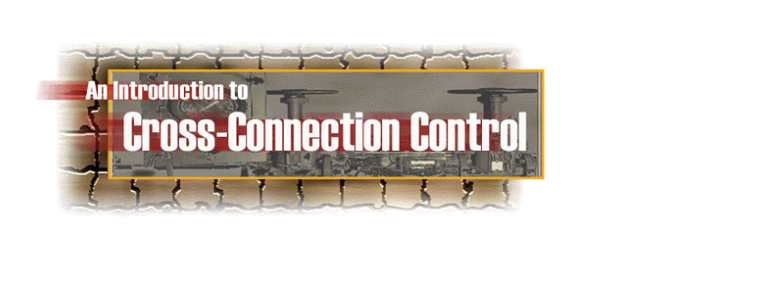
Terms
A cross-connection is any actual or potential physical connection between a drinking water system and any other non-potable substance (liquid, solid, or gas).
Backflow occurs when water or other substances flow in the opposite direction than intended allowing contaminants to enter the public water system or consumer’s plumbing.
A backflow incident occurs when biological, chemical, or physical contaminants enter the drinking water supply (under backflow conditions) via unprotected cross-connections. Backflow incidents may cause injury, illness, or death.
Backflow prevention assemblies are mechanical assemblies installed on water service lines (or at plumbing fixtures) to prevent backflow of contaminants into drinking water through cross-connections.
Background
To protect public health, State drinking water rules require public water systems like ours to develop and implement Cross-Connection Control (CCC) programs. Under these programs, some water system customers (property owners) may have to install backflow prevention assemblies. Backflow assemblies must get tested (when installed and annually after that) to make sure they work properly.
Who Is Required to Install the Assembly?
It is the responsibility of the homeowner to have the backflow preventer installed if one is in fact required by State laws. So how do you know if you need one? If your home has an in-ground sprinkler system using the public drinking water, you are required to have a backflow preventer installed. Also, homes having a portable kidney dialysis machine, fire sprinkler system, cooling systems, direct-plumbed swimming pool or hot tub, hard–plumbed fountains or ponds, or water-heated floors are required to have a backflow preventer installed as well.
How do you know which type of preventer is required? The best way to be certain is to call and ask! The water distribution manager would be happy to help you determine which assembly is best suited for your use.
If you use only separate irrigation water for your in-ground sprinkler system, there is no need to install a backflow assembly. A backflow assembly is required only when using the Valleyhi provided water. If you are using only a hose or two connected to a hose spigot in the yard or on the home, we just ask that you install a Hose Bib Vacuum Breaker on any such use. It’s just a good precaution to protect not only our water system, but also yourself!
2015 CCC Brochure Contamination
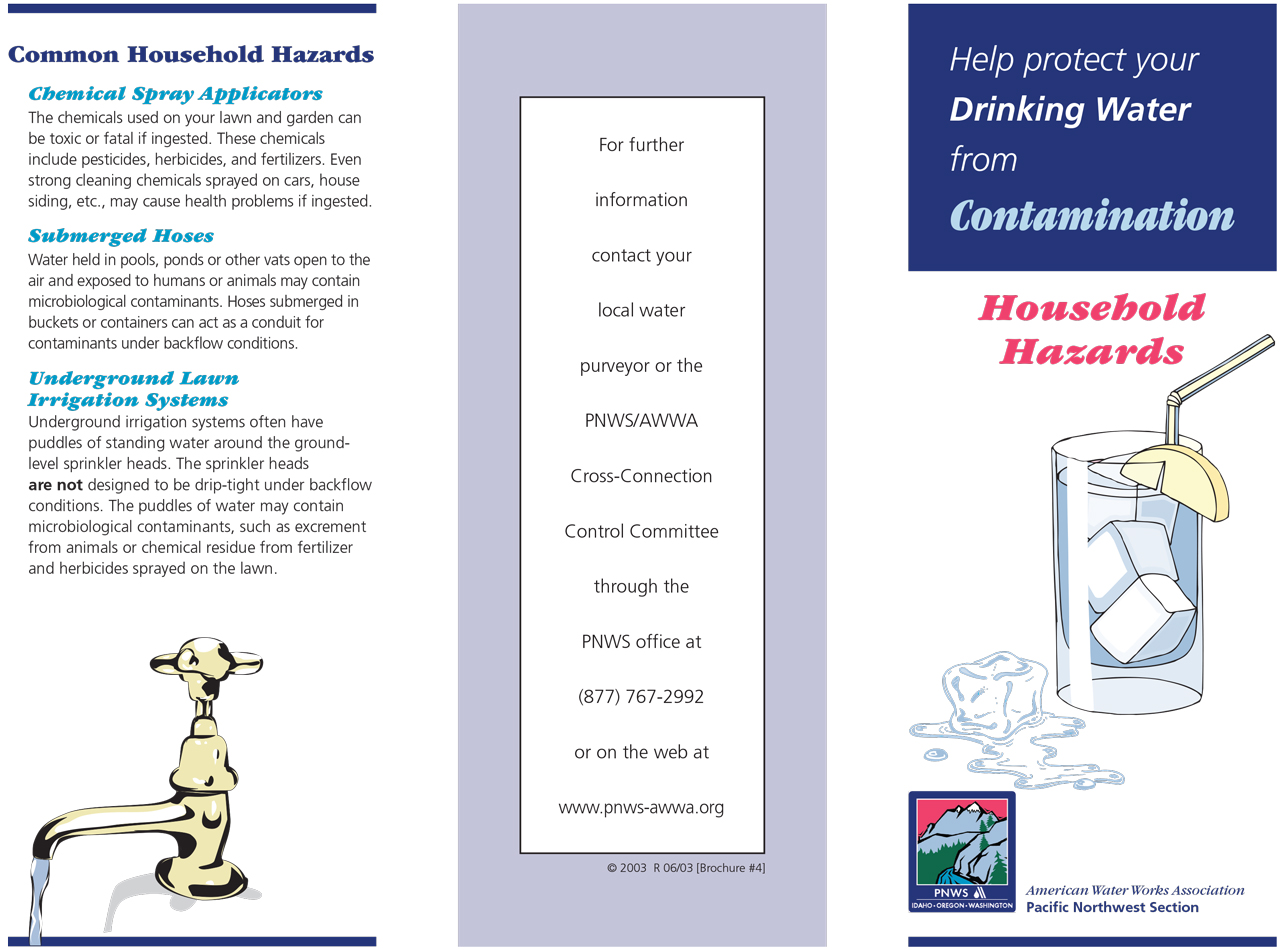
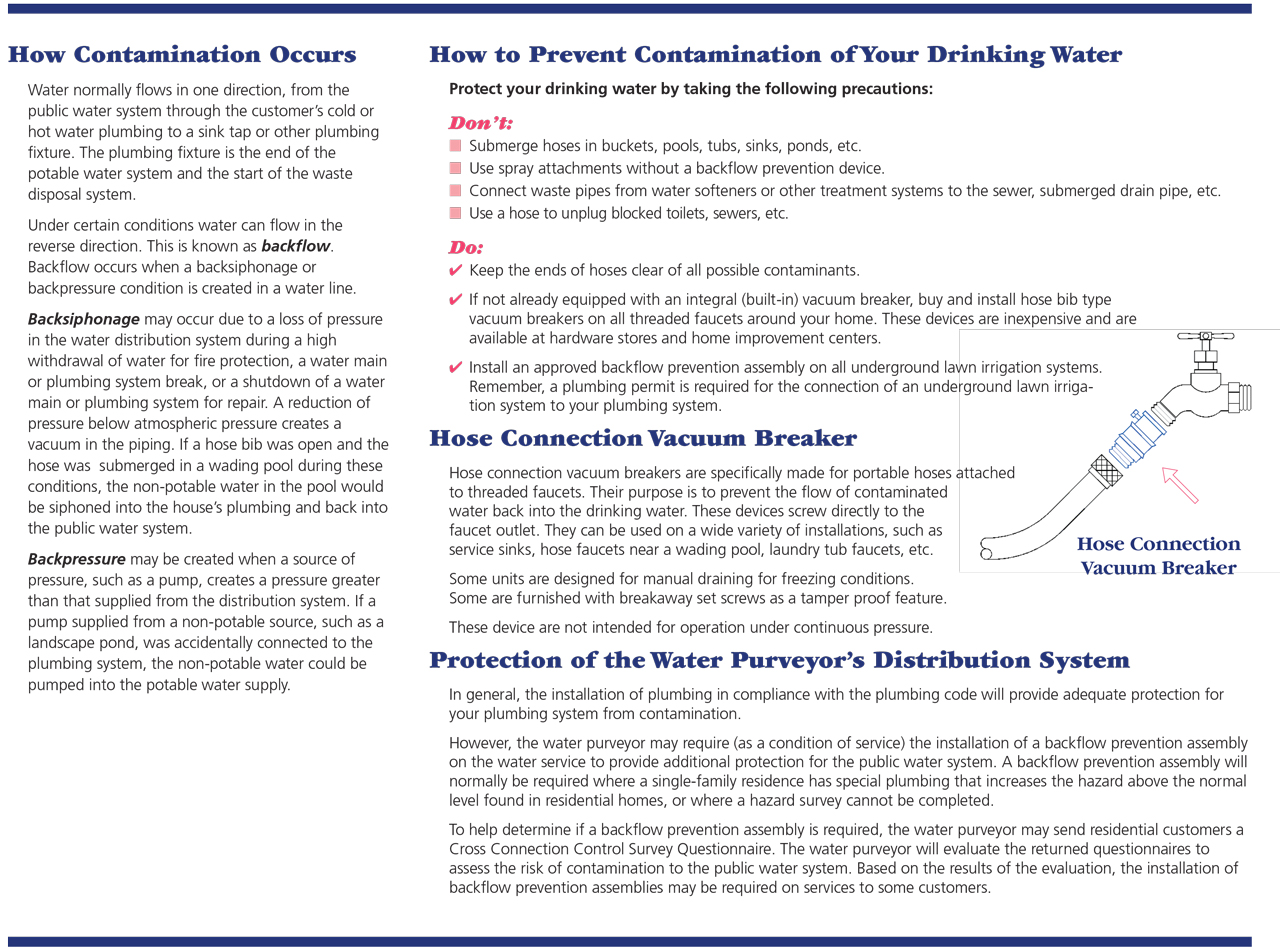
2015 CCC Brochure Heath Hazards
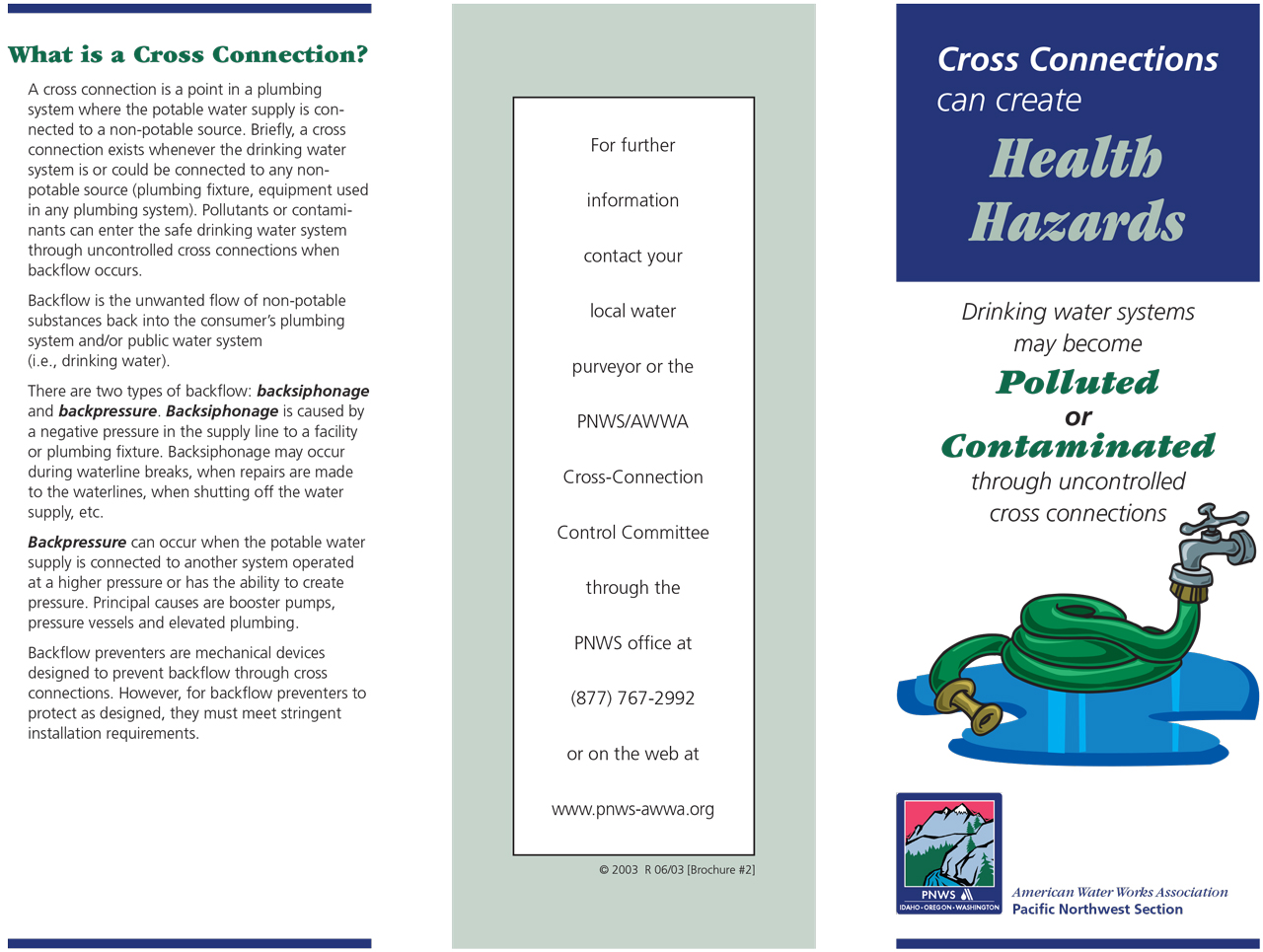
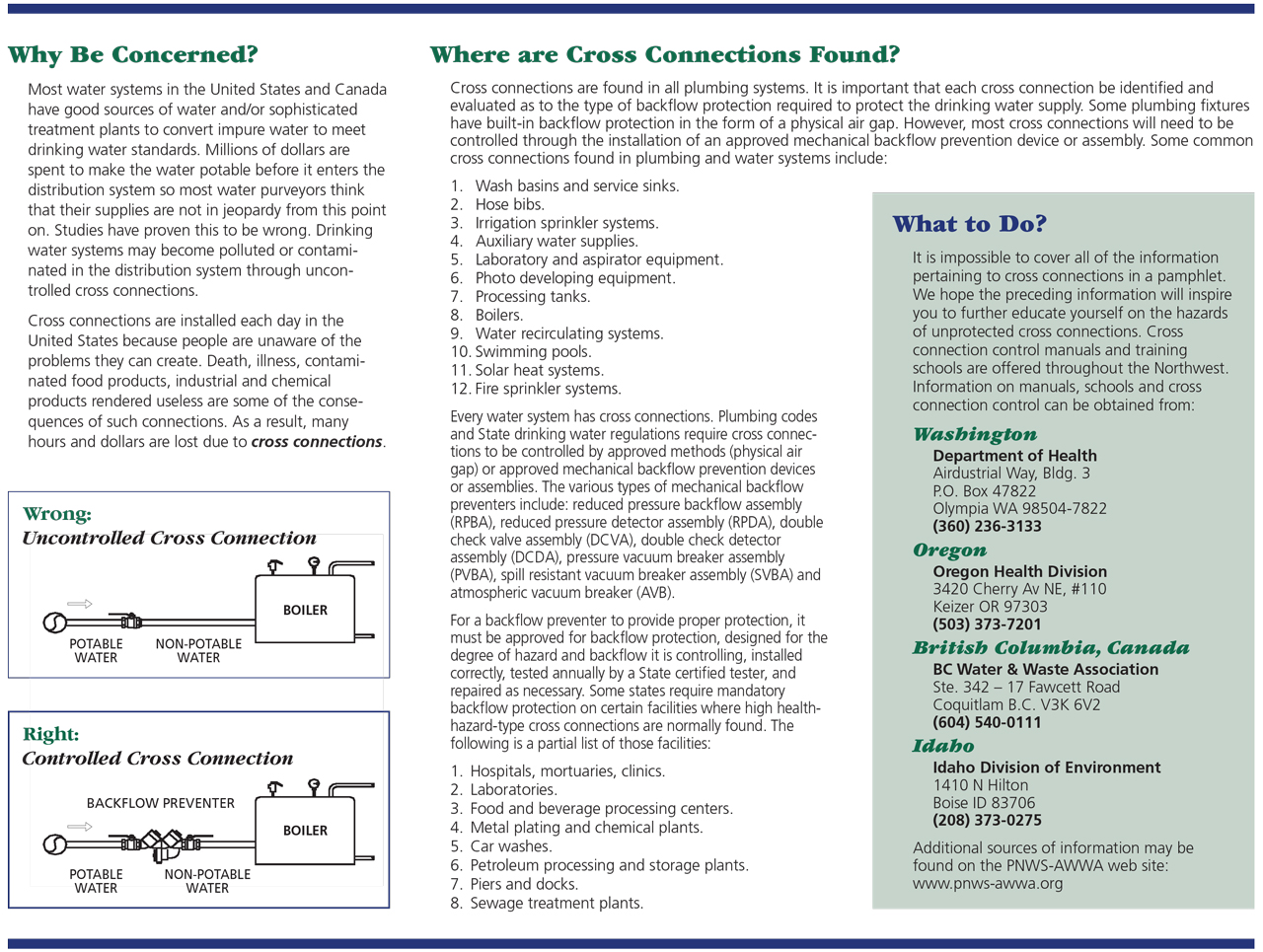
2015 CCC Brochure Lawn Irrigation
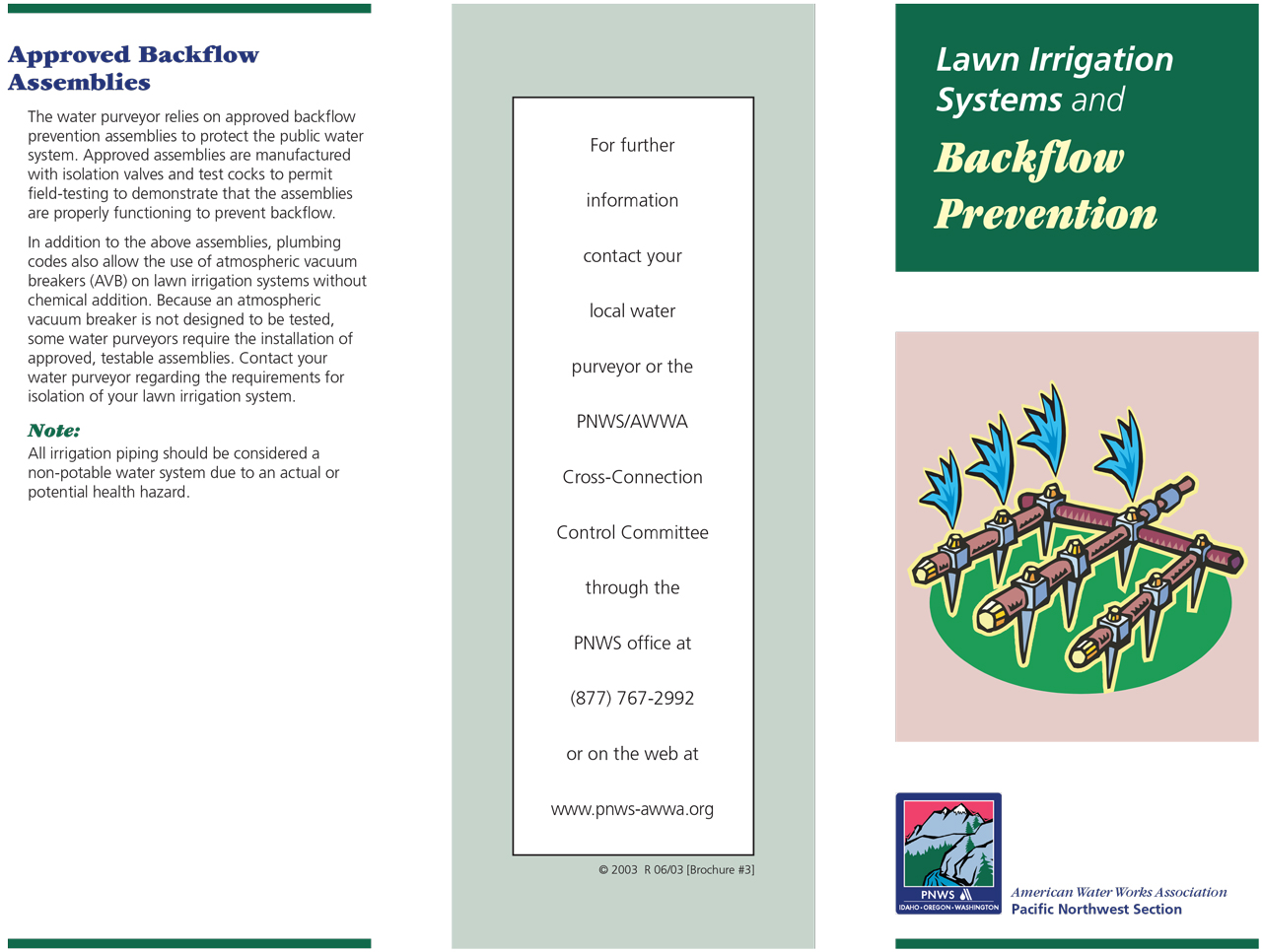
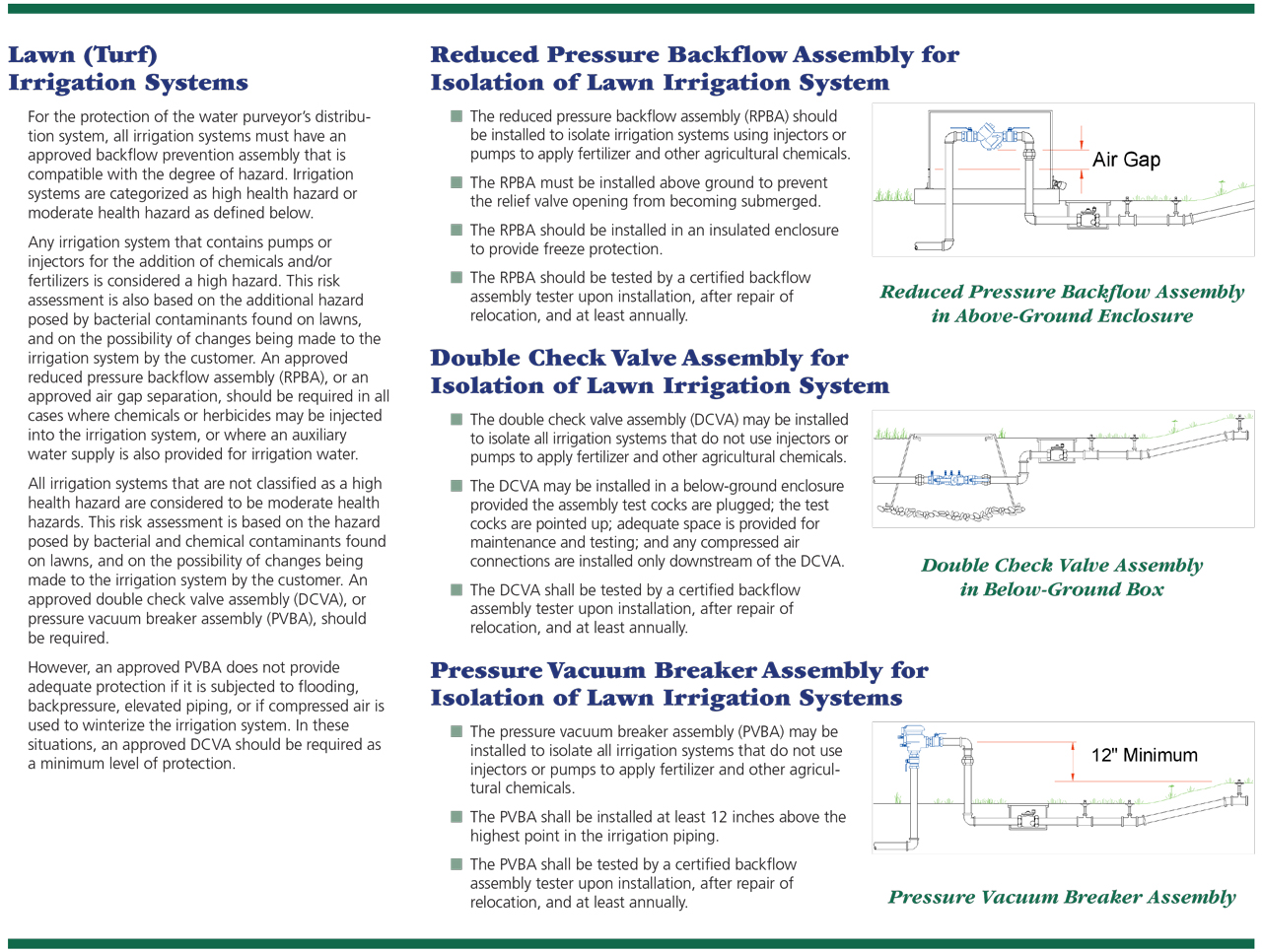
Stop Water Waste
